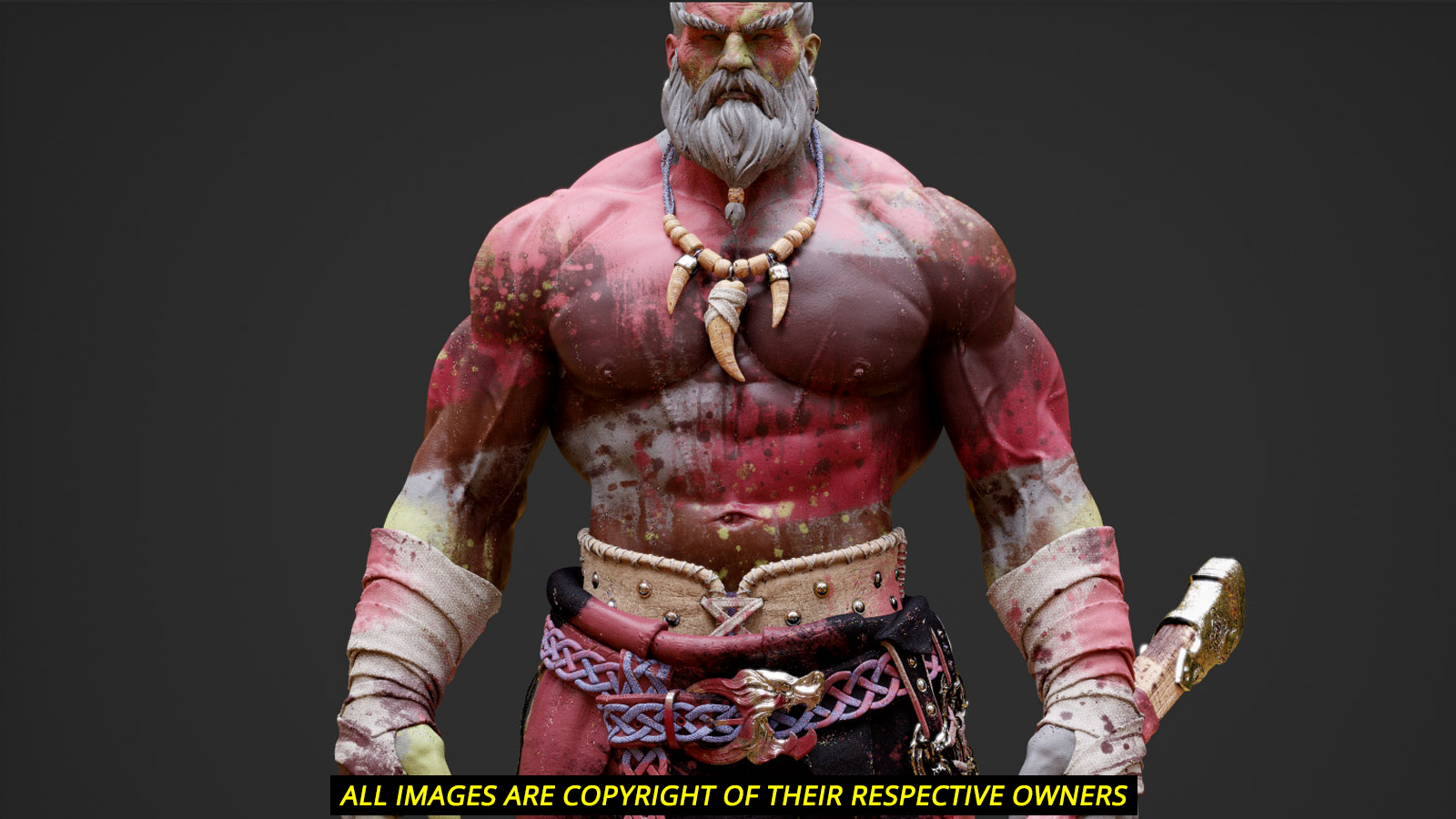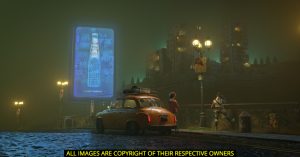
Creating Wonders in CG Environments: The Art of Texturing and Lighting
In the realm of computer-generated imagery (CGI), the magic often lies in the details. Texturing and lighting are two pivotal aspects that breathe life and realism into CG environments. While they might seem like mere technicalities, together they play a crucial role in crafting immersive and believable worlds. Let’s delve into how these elements work together to create visual wonders.


Texturing: The Fabric of Reality
Texturing is the process of applying surface details to a 3D model. It involves mapping images—textures—onto the surfaces of models to give them the appearance of materials like wood, stone, or fabric. This step is fundamental in creating realistic environments for several reasons:
- Detail and Realism: Textures add intricate details that can mimic real-world surfaces. For instance, a rusty metal texture will include imperfections like scratches and discoloration, making the object appear aged and authentic. Without textures, 3D models would look flat and lifeless.
- Surface Properties: Beyond just visual detail, texturing can define how a surface interacts with light. For example, textures can dictate how rough or smooth a surface is, which affects its reflectivity and overall appearance.
- Consistency and Storytelling: Textures help in maintaining visual consistency across a scene. They also contribute to storytelling by conveying the history and use of objects. A weathered, cracked wall tells a different story than a pristine, newly painted one.


Lighting: Setting the Mood and Enhancing Realism
Lighting is equally vital, shaping how textures and materials are perceived. It involves illuminating a scene to enhance visibility and mood. Effective lighting does more than just brighten a scene it defines its emotional tone and depth:
- Mood and Atmosphere: Lighting can set the mood of a scene. For instance, soft, diffused light can create a calm and serene atmosphere, while harsh, directional lighting can evoke tension or drama. The choice of lighting can significantly impact the viewer’s emotional response.
- Depth and Dimension: Proper lighting adds depth to textures and models. Shadows and highlights created by lighting help to emphasize the contours and details of textures, making them appear more three-dimensional and tangible.
- Realism and Focus: Real-world lighting conditions are complex and varied, from the warm glow of a sunset to the cool tones of moonlight. Mimicking these conditions in CG environments helps in achieving realism. Moreover, lighting can direct the viewer’s focus to important elements within the scene.
The Symbiotic Relationship
Texturing and lighting are interdependent. While textures provide the visual details necessary for realism, lighting brings those details to life by casting shadows and highlights. For example, a highly detailed texture on a medieval wall will only truly shine when illuminated correctly, revealing its intricate patterns and depth through the interplay of light and shadow.
When combined effectively, texturing and lighting transform a basic 3D model into a rich, immersive environment. They work together to convey realism, evoke emotion, and tell compelling stories. Mastery in these areas is essential for any CGI artist striving to create environments that captivate and engage viewers.


